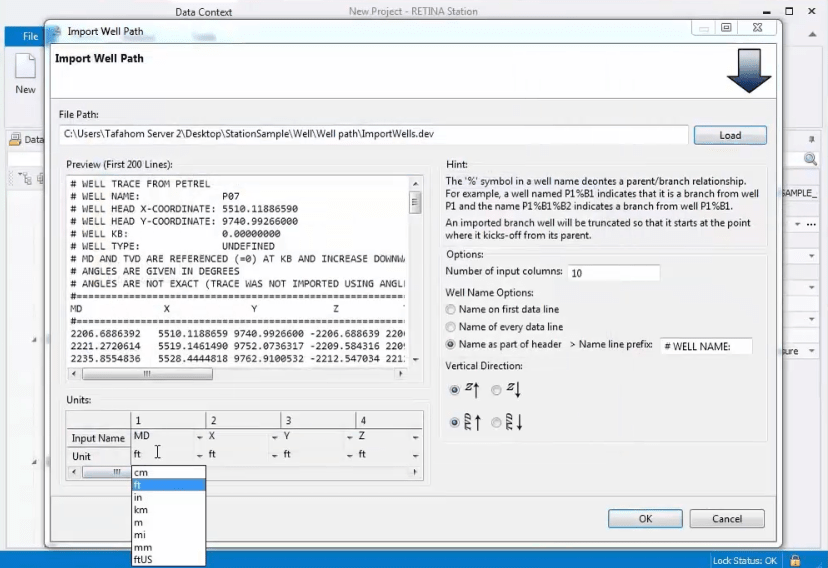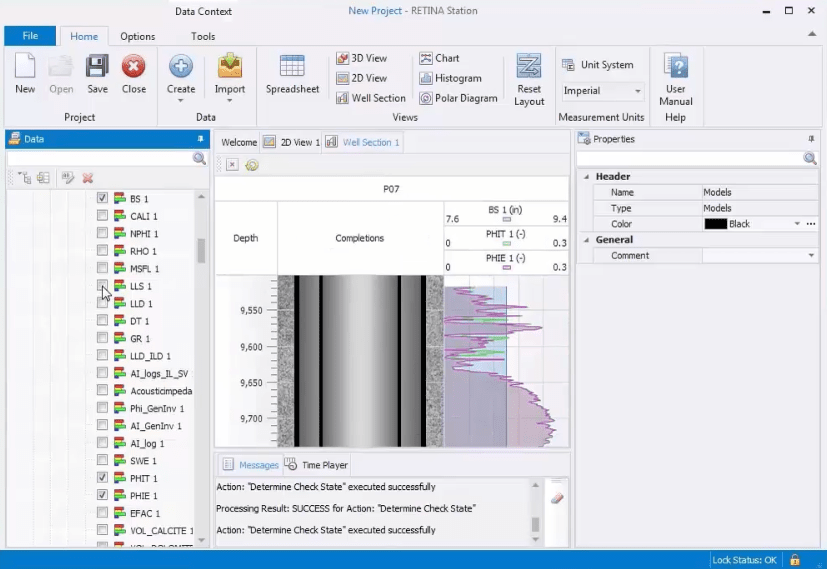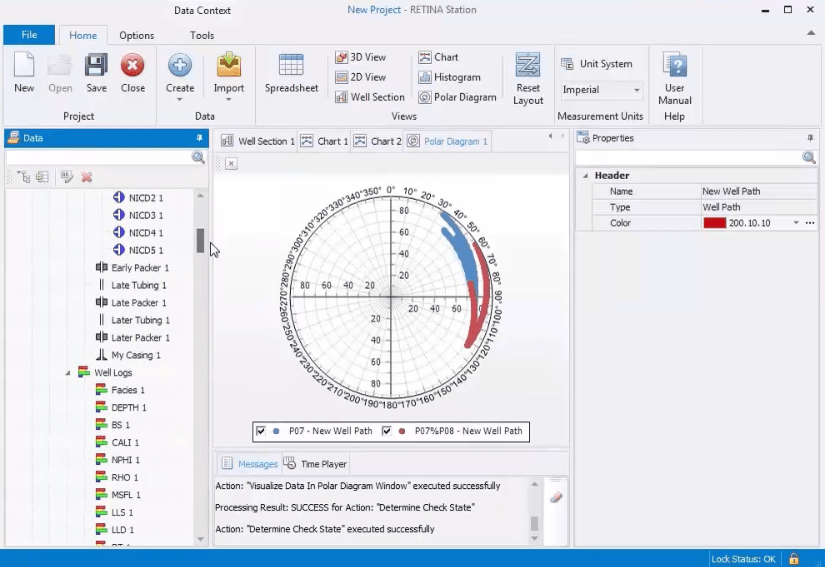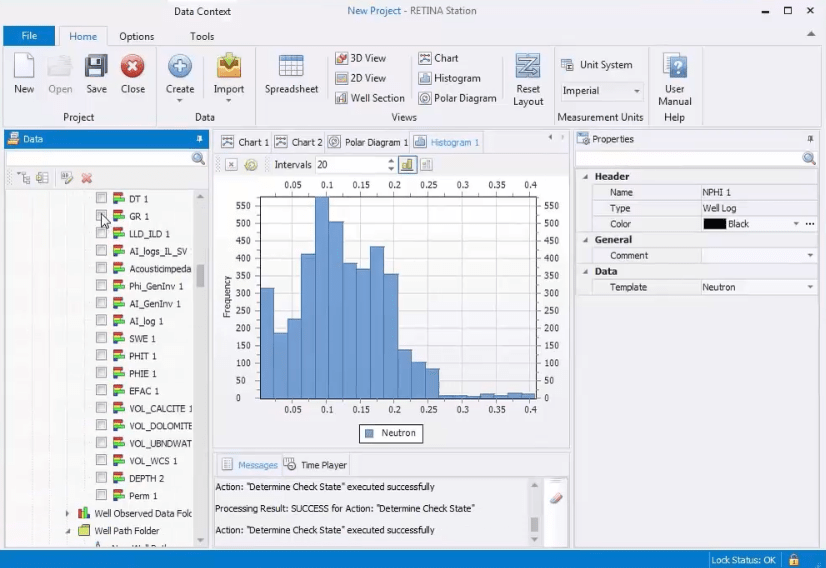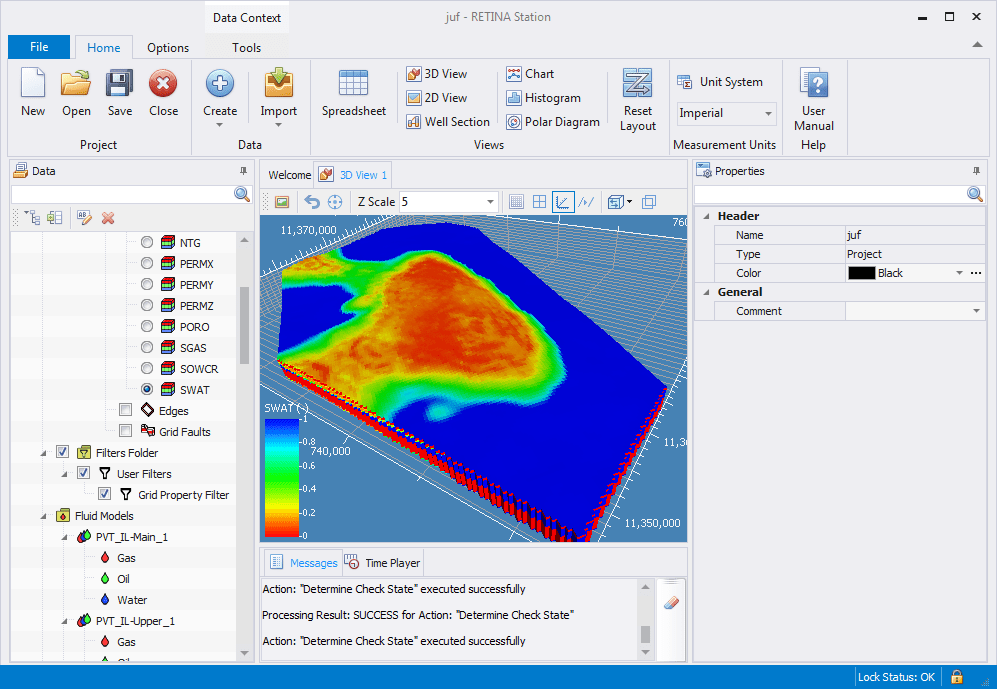
Key Features
RETINA Station™

1. Importing all types of well data in the software object model and organizing them in a database
- - Well path
- - Well completion
- - Well logs
- - Well observed data
- - Well fracture data
- - Well core data
- - Well test data
2. Production logging data
3. Drill stem test data
4. Repeated formation tester data
5. Importing all the data related to 3D grid and organizing them in a database
- - 3D grid with the RESCUE and ECLIPSETM formats
- - Grid properties with the RESCUE and ECLIPSETM formats
- - Fault and horizon data as surfaces (2D grid formats)
6. mporting all the function tables related to reservoir simulation with the ECLISPE TM format:
- - PVT tables
- - VFP tables
- - Saturation functions
- - Compaction functions
7. Aquifer tables
8. 2D and 3D visualization of all data
9. Plot and cross plot visualization of vector data
10. Intersection visualization in 3D
11. Well log track visualization with completion view and well correlation facilities
12. Calculation and visualization for all statistical information of data
13. Advanced organization, foldering and filtering of data
14. Well log, property, simulation result and surface calculator facilities with advanced functions
15. Calculating the STOIP using static volume calculation and dynamic material balance
16. Automatic fitting and smoothing the SCAL data
17. Correcting the PVT tables for operating conditions
18. Automatic RETINA Simulation TM and ECLIPSETM case generation and simulation
19. Advanced post processing for RETINA Simulation™ and ECLIPSE™
20. Loading RETINA Simulation™ and ECLIPSE™ data file into RETINA Station™ object model
21. Generating and running automatic workflows
22. Connecting to its native database or any other data source to exchange data

